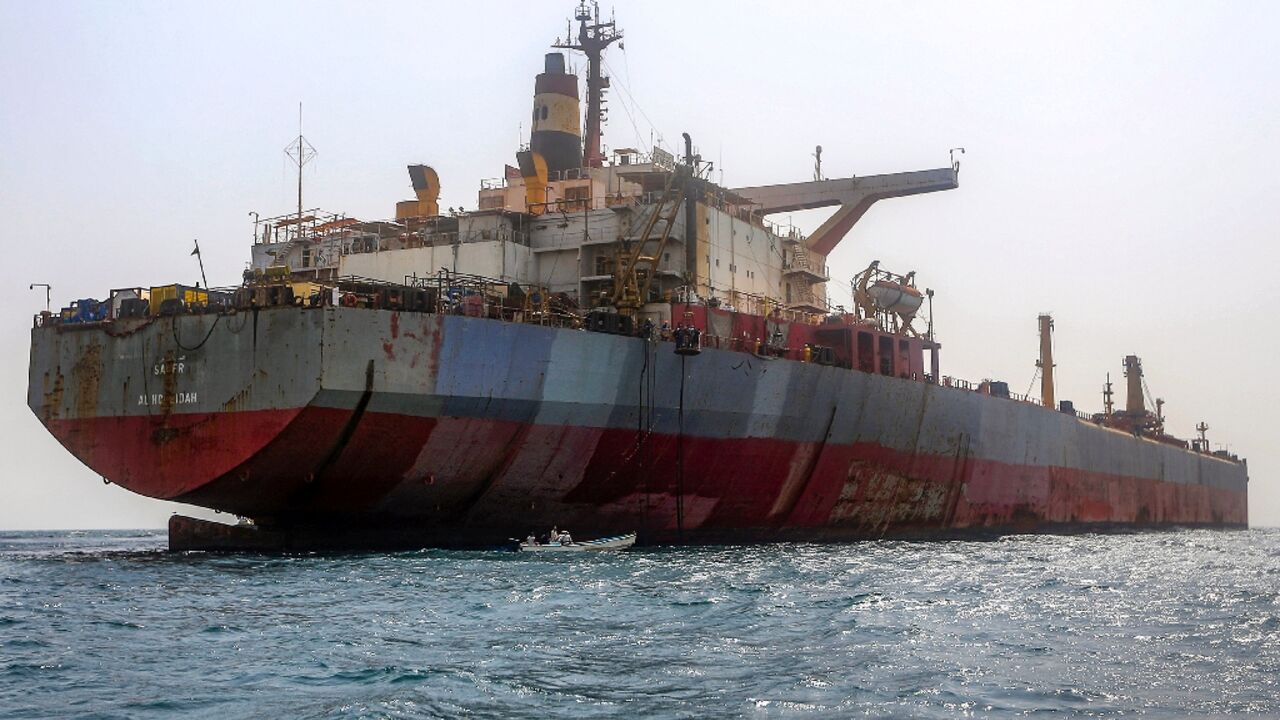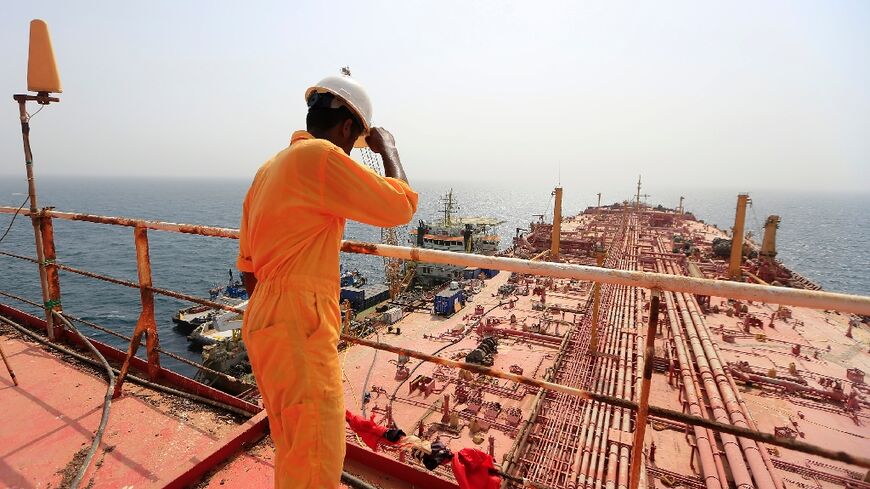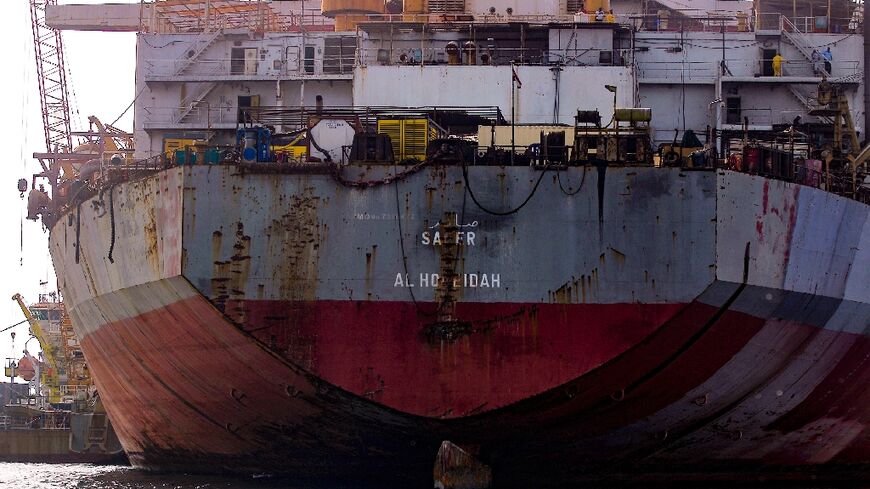UN secures insurance to pump oil from decaying tanker off Yemen

The UN has secured insurance coverage allowing it to pump more than one million barrels of oil from a decaying tanker anchored off war-torn Yemen that poses the risk of a catastrophic spillage.
The rusting FSO Safer, abandoned off the rebel-held port of Hodeida, has not been serviced since the Arabian Peninsula's poorest country plunged into civil conflict more than eight years ago.
On Monday David Gressly, the UN Resident and Humanitarian Coordinator for Yemen, said salvage teams are "very close" to starting a ship-to-ship transfer of the vessel's cargo -- a move intended to avert a major oil leak.
A spill in the Red Sea, a major shipping lane, could cost up to $20 billion to clear up, the United Nations Development Programme (UNDP) has warned, and would mark one of the world's worst ecological disasters.
In a statement on Monday, UK-based insurance broker Howden announced the "successful binding of insurance coverage that enables the UN to proceed with FSO Safer Ship-to-Ship transfer".
Howden said it was appointed by the UNDP via a public tender process to identify the insurable risks and arrange coverage.
"Insurance became a critical element of enabling this salvage operation to proceed," said UNDP administrator Achim Steiner.
"Without it, the mission cannot go forward," he said in a UNDP statement.
- 'Very close' -
The operation will see private company SMIT Salvage pump the oil from the Safer to the Nautica, a super-tanker the UN purchased for the operation.
"I think we are getting very close to the point where we can start the ship-to-ship transfer which will be the next and perhaps most important phase," Gressly said on Monday, ahead of the Yemen International Forum in The Hague.
Peter Berdowski, CEO of SMIT Salvage's parent company Boskalis, said workers had spent a fortnight at the Safer checking whether the operation can go ahead.
"After two weeks of inspection, our crew are convinced that the Safer is strong enough for such an operation," said Berdowski, who also spoke in The Hague.
Berdowski said removing the oil could take between one week and one month, depending on how easily it can be pumped.
"The most important next step obviously is the arrival of the Nautica," he said.
He added that some issues still needed to be resolved including whether there is any oxygen inside the oil tanks, which carries the risk of an explosion.
His team would also need to carry out an underwater inspection of the Safer's hull to make sure it is strong enough for a ship-to-ship transfer.
The Safer is carrying four times as much oil as that which spilled in the 1989 Exxon Valdez disaster off Alaska, a major ecological catastrophe.






